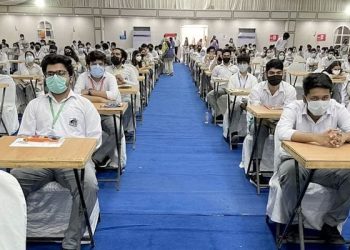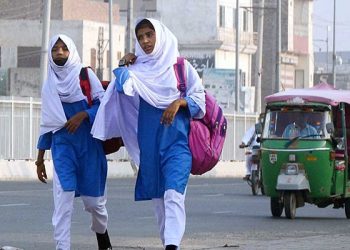This week, Australia is set to enact tougher visa regulations for foreign students, coinciding with the revelation of another peak in migration figures, likely intensifying pressures on an already strained rental market.
Effective from Saturday, English language prerequisites for student and graduate visas will be elevated, accompanied by provisions granting the government authority to suspend education providers from enrolling international students if they persistently violate regulations.
Home Affairs Minister Clare O’Neil emphasized the significance of these measures, asserting that they align with the migration strategy’s objectives to rectify inherited system flaws. Additionally, a new “genuine student test” will be implemented to deter international students primarily seeking employment opportunities in Australia. Furthermore, “no further stay” conditions will be more widely applied to visitor visas.
These initiatives follow a series of measures introduced last year to rescind COVID-era concessions, including unlimited working hours for international students. The government had then indicated intentions to tighten regulations, potentially halving migrant intake within two years.
Australia augmented its annual migration figures in 2022 to address workforce shortages exacerbated by the COVID-19 pandemic, which had prompted stringent border controls and barred foreign students and workers for nearly two years.
However, the surge in foreign workforce and student arrivals has compounded pressure on an already constricted rental market.
Data released by the Australian Bureau of Statistics on Thursday disclosed a 60% increase in net immigration, reaching a record 548,800 individuals in the year ending September 30, 2023, surpassing the 518,000 recorded in the year ending June 2023.
Overall, Australia’s population surged by 2.5% – the swiftest pace on record – to 26.8 million individuals by September last year.
This unprecedented migration wave, driven primarily by students from India, China, and the Philippines, has augmented labor supply and subdued wage inflation. However, it has exacerbated housing market pressures, with rental vacancies lingering at historic lows, and elevated construction expenses limiting new supply.
O’Neil noted that governmental interventions since September have resulted in a downturn in migration levels, evidenced by a 35% reduction in recent international student visa grants compared to the previous year.







